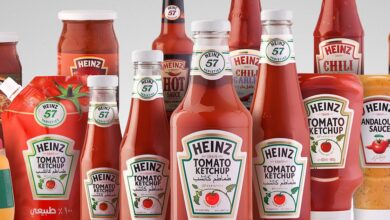Reinvention on Wheels: How Chrysler Drove Through Crisis to Carve Its Legacy
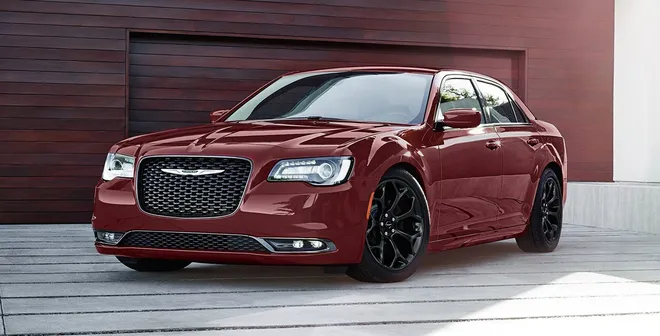
Reinvention on Wheels: How Chrysler Drove Through Crisis to Carve Its Legacy. Chrysler’s rise in the American automotive landscape is a story marked by bold innovation, daring leadership, and a knack for comebacks. Founded in 1925 by Walter P. Chrysler, the company emerged during a time when giants like Ford and General Motors dominated the roads. Yet, Chrysler didn’t just survive in their shadow—it forged its own path through a series of strategic pivots and engineering breakthroughs that left a lasting imprint on the industry.
A Vision Rooted in Engineering Excellence
Walter Chrysler was a former railroad mechanic who brought a deep understanding of mechanical systems to the automotive world. His technical expertise led to the launch of the original Chrysler Six in 1924—an affordable car that offered advanced engineering features like a high-compression engine and four-wheel hydraulic brakes. These innovations immediately set the brand apart and laid the groundwork for its reputation as a performance and technology leader.
In just a few years, Chrysler became the third-largest automaker in the United States, a remarkable feat accomplished not by chasing market trends, but by engineering better, safer, and more efficient cars.
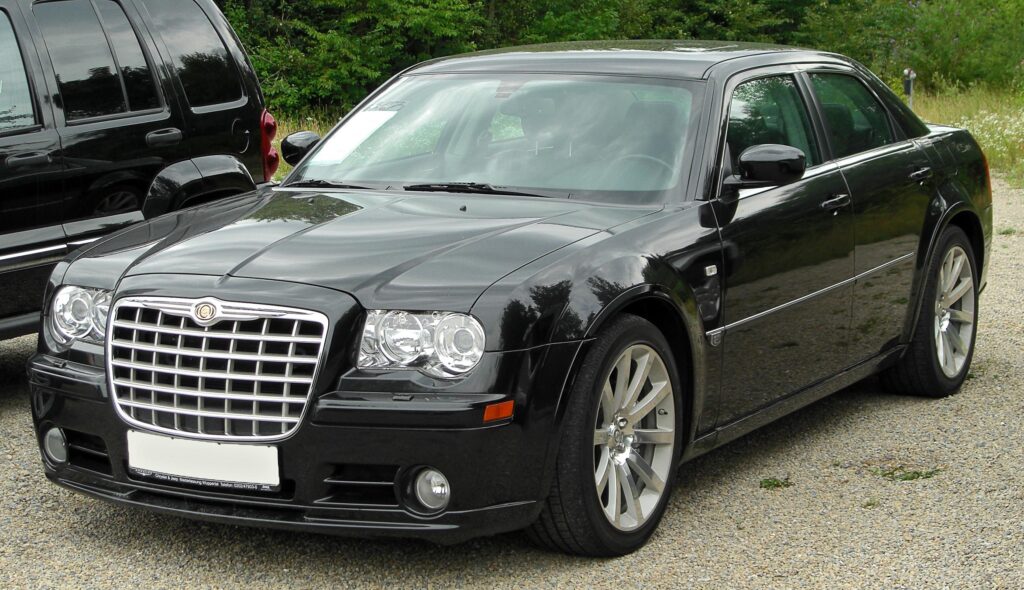
Smart Acquisitions and Brand Expansion
Throughout the 1920s and 1930s, Chrysler expanded its portfolio by acquiring brands like Dodge, DeSoto, and Plymouth. This multi-brand approach allowed the company to diversify its offerings across different market segments, echoing the strategy that had worked for GM. It also allowed Chrysler to weather economic fluctuations by appealing to both budget-conscious and mid-range consumers.
This expansion wasn’t just about increasing market share. Each brand brought its own legacy and dealer network, helping Chrysler deepen its market penetration across the U.S.
Styling, Strategy, and the 1950s Boom
Post-World War II, Chrysler doubled down on design and performance. The introduction of the HEMI V8 engine in 1951 reinforced its engineering credentials, becoming a legendary performance platform that continues today. The company also embraced bold styling, working with Italian design firm Ghia to produce striking concept cars and limited-edition models that stood out in an increasingly competitive marketplace.
Its advertising in this era emphasized precision, safety, and modernity—appealing to an American public eager for innovation in the booming postwar years.
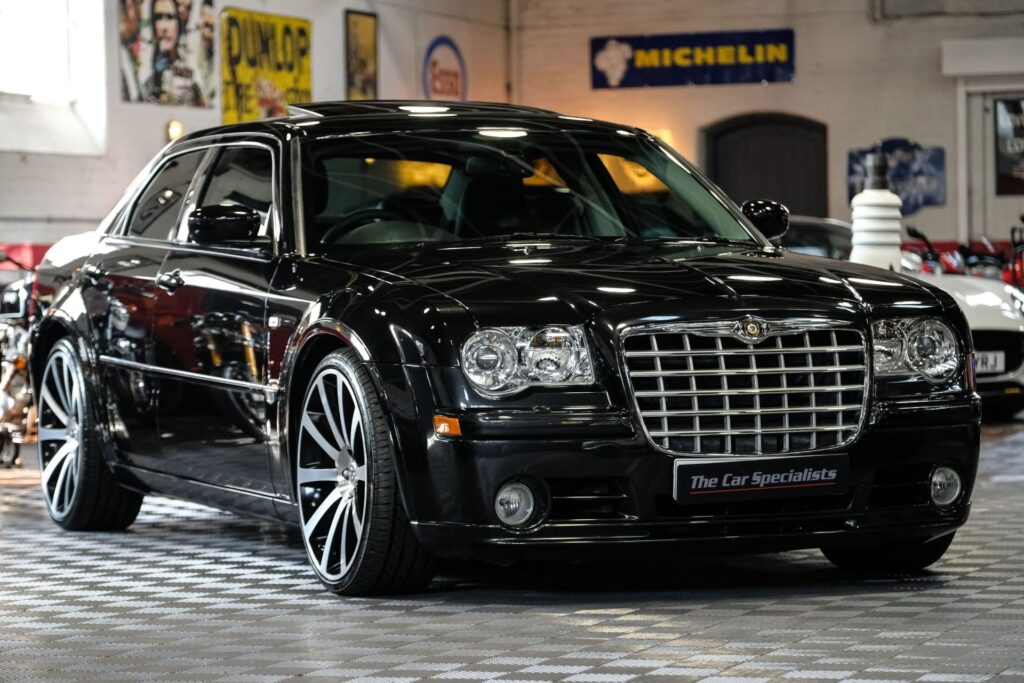
Surviving the Storm: The 1970s Oil Crisis
Like all Detroit automakers, Chrysler faced immense pressure during the 1970s due to rising fuel prices and increased competition from Japanese automakers. Chrysler’s lineup of large, fuel-hungry vehicles was suddenly out of step with consumer demand. Mounting losses threatened the company’s viability.
What followed was one of the most dramatic comebacks in corporate history.
The Iacocca Turnaround
In 1979, Chrysler turned to former Ford executive Lee Iacocca to lead a rescue mission. He successfully lobbied the U.S. government for a $1.5 billion loan guarantee—the first bailout of a major American car company. Under Iacocca’s leadership, Chrysler slashed costs, closed unproductive plants, and introduced a series of hit products, most notably the K-car platform and the Dodge Caravan—the original minivan.
These models weren’t just popular; they helped redefine vehicle categories. The minivan in particular created a new family transport standard and secured Chrysler’s dominance in the segment for years.
Reinvention in the 1990s and the Daimler Merger
By the 1990s, Chrysler had regained profitability and continued innovating with vehicles like the Jeep Grand Cherokee and Chrysler 300M. In 1998, it entered into a highly publicized merger with Daimler-Benz, forming DaimlerChrysler. Initially seen as a strategic marriage between equals, the merger faced challenges due to cultural clashes and differing corporate goals.
The partnership dissolved in 2007, but Chrysler had by then reestablished itself as a recognizable force in global markets.
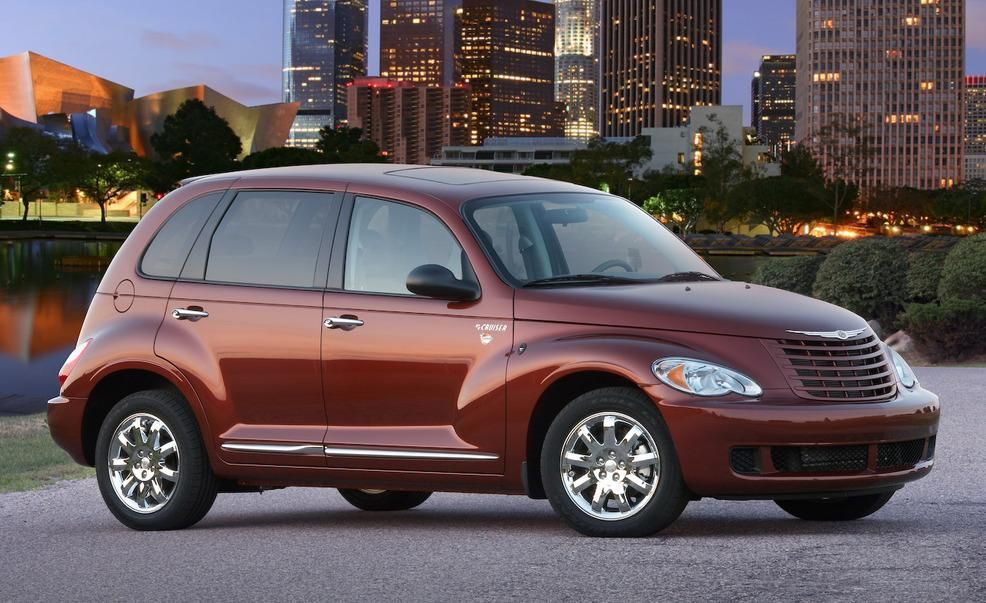
Bankruptcy and the Fiat Partnership
The 2008 global financial crisis once again pushed Chrysler into the red. The company filed for Chapter 11 bankruptcy in 2009, shortly after GM. Unlike its first bailout, Chrysler’s salvation came through an alliance with Fiat, which acquired a majority stake in the company.
Under CEO Sergio Marchionne, Chrysler revitalized its lineup, refreshed the Dodge and Jeep brands, and launched vehicles like the Jeep Grand Cherokee and Chrysler Pacifica, which blended innovation with practicality.
In 2021, Fiat Chrysler Automobiles merged with PSA Group to form Stellantis, now the world’s fourth-largest carmaker by volume. Chrysler remains a core part of the group’s U.S. strategy.
Entrepreneurial Lessons from Chrysler’s Journey
- Innovation is a long-term asset. Engineering excellence helped Chrysler differentiate itself in both prosperous and challenging times.
- Leadership can rewrite a company’s future. Iacocca’s turnaround demonstrated the importance of decisive, bold leadership in times of crisis.
- Diversify, but stay focused. Chrysler’s multi-brand strategy worked because it understood the unique value of each brand.
- Adaptation is survival. From oil crises to bankruptcies, Chrysler’s ability to pivot ensured its continuity.
Conclusion
Chrysler’s popularity wasn’t born from uninterrupted success but from its ability to rise after each setback. With each reinvention, it stayed grounded in its founding values of innovation and resilience. For entrepreneurs, Chrysler’s journey is a powerful reminder that success isn’t about avoiding failure—it’s about what you build after the fall.

